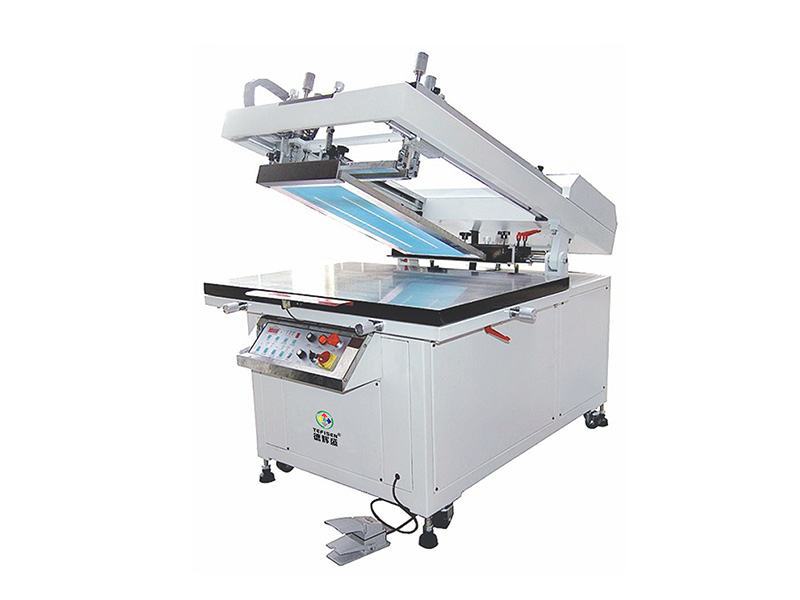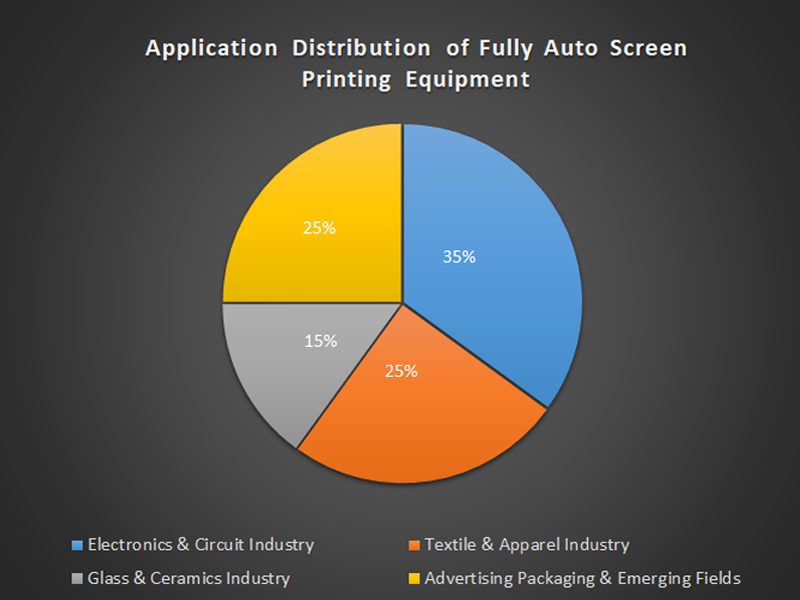5 Essential Features of Full Auto Screen Printing Equipment
Fully auto screen printing equipment used to be more of a hands-on craft back in the day. Now it plays a major role in modern production setups. This shift comes with the push toward smarter and more digital ways in factory work. The gear can cut down error rates from the usual 5 to 8 percent down below 1 percent. At the same time, it boosts output speed by as much as 300 percent. That happens through built-in automation and tight control features. Industries like electronics, fabrics, and glass items rely on this fully automatic screen printing tech. They count on its high level of accuracy and steady performance. In electronics alone, it makes up over 35 percent of what gets used. TEFISEN Technology brings more than 30 years of know-how to the table. The company stands out as a top name in this area.
I. Core Definition. From Craft to Intelligent Industry
Fully auto screen printing equipment works as a highly integrated production system. It combines mechanical, electrical, vision sensing, and computer control technologies in one setup. The main thing that sets it apart is full automation. The whole production cycle runs without direct human intervention. This includes loading, precise positioning, printing, drying, unloading, and stacking. Programmed logic controllers or industrial computers manage the process. They allow for continuous operation around the clock, day and night.

When you compare it to manual operation, fully auto systems boost production efficiency by more than 300 percent. They also cut the defect rate down from 5 to 8 percent to less than 1 percent, and sometimes even lower. This change really shows how screen printing has shifted from a skill-based craft into a data-driven industrial science.
II. Working Principle. Precision Manufacturing Driven by Data
The workflow in fully auto screen printing feels like a finely orchestrated industrial ballet, all guided by data. Robotic arms or conveyor belts handle automated loading. They transport substrates like circuit boards, textiles, or glass right to the printing station. A vacuum adsorption platform then secures the material in place. It achieves positioning accuracy up to plus or minus 0.1 millimeter.
Vision alignment stands out as the core technology here. A high-resolution CCD vision system captures alignment marks on both the substrate and the screen. It offers accuracy between 0.01 and 0.03 millimeter. Image processing algorithms detect any deviations. They trigger servo motors to make adjustments at the micron level. This ensures registration accuracy within plus or minus 0.02 to 0.05 millimeter. Such precision proves essential for high-quality multi-color printing.
Closed-loop printing comes next in the process. The screen lowers to a set distance, usually 1 to 5 millimeters. A servo-driven squeegee moves across it at controlled pressure from 0 to 100 newtons per square centimeter. The angle stays between 60 and 80 degrees. Speed can reach up to 120 strokes per minute. All this forces ink through the mesh onto the substrate.
After printing, curing and unloading take over. Printed items move to a UV curing system. This uses 60 to 80 percent less energy than traditional mercury lamps. Or they go through an infrared drying tunnel with temperature stability within plus or minus 2 degrees Celsius. An automated unloading mechanism collects the finished products at the end. It completes a seamless production cycle without any hitches.
III. Broad Application. The Surface Artist Across Industries
Fully auto screen printing keeps finding new uses in various sectors. Key market segments stand out pretty clearly. Electronics and circuitry take about 35 percent of the market share. This sector demands the most precision. It involves printing circuits, solder masks, and markings on PCBs with tolerances as tight as plus or minus 0.025 millimeter. The technology also plays a vital role in touchscreens and membrane switches. With the global PCB market topping 80 billion dollars, demand stays strong and steady.
Textiles and apparel account for around 25 percent. They use it for printing designs on garments like T-shirts and sportswear. A standard oval automatic printer with 6 to 24 stations can produce more than 10,000 units per day. This meets the fast pace of fashion needs without much trouble.
Glass and ceramics make up about 15 percent of the applications. It applies to decorative printing on architectural glass, home appliance panels, and tableware. Ink layers from 20 to 100 micrometers provide both visual impact and lasting durability.
Advertising, packaging, and emerging fields cover the remaining 25 percent. This includes cosmetic packaging, bottle labels, automotive dashboards, and medical device markings. Fully auto screen printing expands into these innovative areas all the time.

IV. Product Types. Tailored Solutions for Diverse Needs
Fully auto screen printing machines come in categories based on structure and function. Flatbed screen printers represent the most common type. They handle flat or nearly flat surfaces well. Variations exist within this group. Shuttle type printers offer a cost-effective option. They suit medium-volume runs with speeds of 800 to 1,500 pieces per hour.
Oval or rotary type printers feature multi-station setups. They enable high-volume production over 4,000 pieces per hour. This makes them ideal for apparel printing in busy operations.
Roll-to-roll screen printers serve continuous printing on flexible materials. Think labels and RFID antennas here. Speeds can go beyond 60 meters per minute. The system integrates easily with coating and laminating processes for added efficiency.
Curved surface screen printers handle cylindrical or conical objects like bottles and containers. They use specialized fixtures for synchronized rotation and printing. This setup adapts to those trickier shapes without losing quality.
V. Market Analysis. Steady Growth and Future Outlook
The global market for screen printing equipment hit over 9 billion dollars in 2023. Projections show it growing at a compound annual growth rate of about 4.5 percent from 2024 to 2030. By 2030, it should reach more than 12 billion dollars in value.
Key market drivers push this steady expansion. Expansion in electronics manufacturing plays a big role. The growing complexity and miniaturization of electronic components drive demand for high-precision printing. This happens especially in consumer electronics, automotive electronics, and communication devices. The Asia-Pacific region leads the way. It accounts for more than 50 percent of the global market share. China acts as both a major manufacturing hub and a key consumer market.
Demand for automation and efficiency keeps rising too. Labor costs increase by an estimated 5 to 10 percent annually in many industrial regions. Manufacturers turn to automated solutions to boost throughput. They also aim for consistency and less reliance on manual labor.
Technological advancements and sustainability trends add to the momentum. The shift to water-based inks and UV-LED curing systems cuts volatile organic compound emissions. It also reduces energy use by over 30 percent. This aligns with global sustainability standards and corporate green initiatives.
Growth in packaging and customized printing accelerates things further. Rising demand for customized, short-run packaging shows up in cosmetics, food and beverage, and pharmaceuticals. It speeds up adoption of flexible and digitally integrated screen printing systems.
Regional insights highlight differences across the world. Asia-Pacific remains the largest and fastest-growing market. Strong electronics, textile, and packaging industries support it. Government initiatives for Industry 4.0 and smart manufacturing push modernization even more.
North America and Europe represent mature markets. They focus on high-value applications like advanced electronics, medical devices, and automotive interiors. Innovation and eco-friendly production take center stage here.
Future trends point to even more changes ahead. Intelligent manufacturing will integrate with Manufacturing Execution Systems and Industrial Internet of Things platforms. This allows real-time monitoring, predictive maintenance, and data-driven optimization in operations.
Green transformation continues to influence the field. Adoption of eco-friendly materials and energy-efficient technologies shapes product development. It also guides compliance strategies for the long term.
Flexible production systems offer another big shift. Modular designs and robotic integration let manufacturers adapt quickly to small-batch, high-mix orders. They maintain speed and accuracy without compromise.
Conclusion.
Fully auto screen printing equipment goes beyond just being a basic printing machine these days. It fits right into smart manufacturing setups as a core piece. The thing delivers top-notch precision, speed, and the ability to repeat tasks without fail. That gives a solid base for fields from electronics and fabrics to packaging and new tech areas. Innovation keeps blending old methods with digital smarts. In the end, this lively sector looks set to shake up global manufacturing even more down the line.

